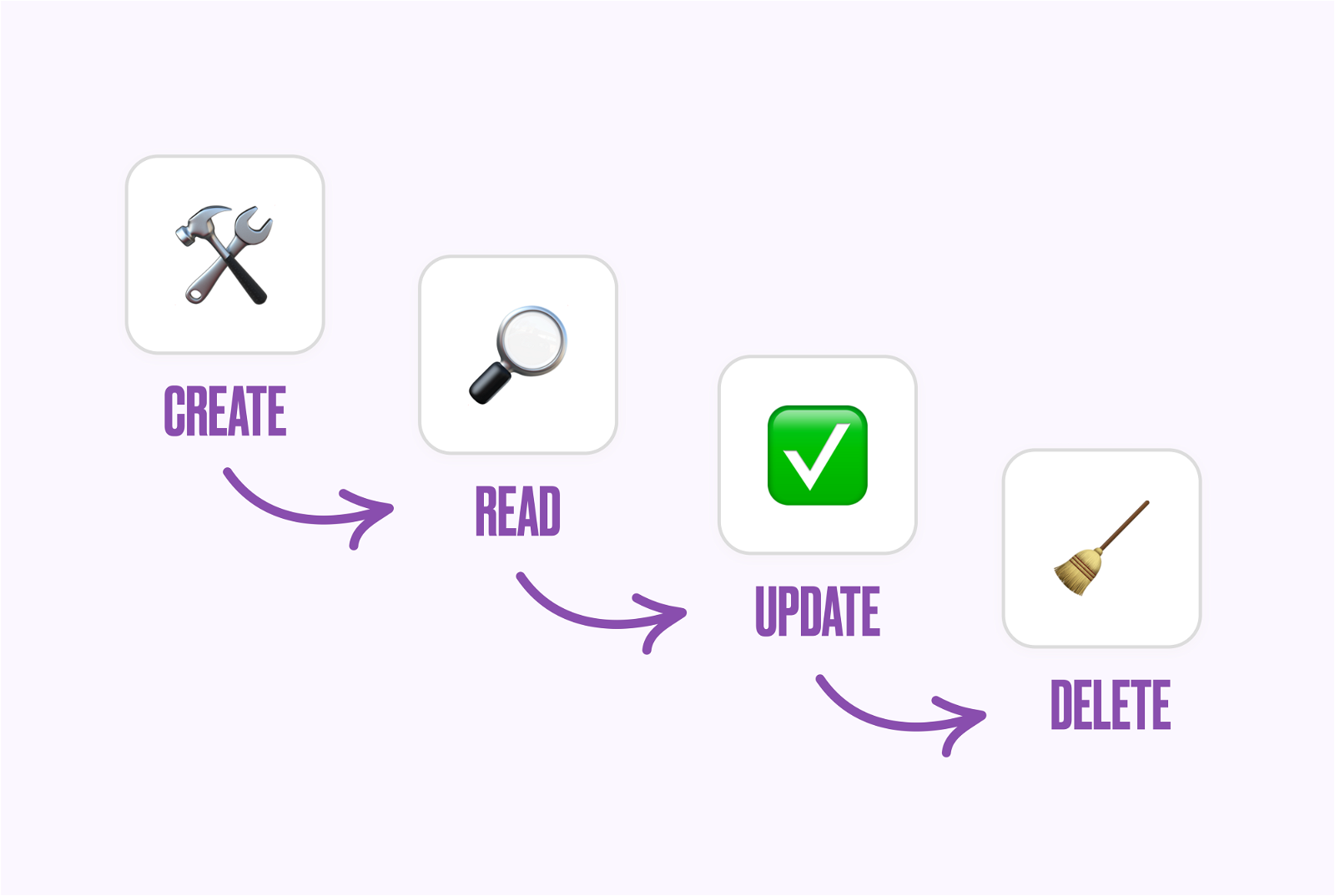No-code 101: Records
Records are a critical element for organising your data.
Table of Contents
In 15 words or less
A structured way of storing and organising data for specific things.
In a few more words
When it comes to organising and managing data in a table or database, records are essential. Some might even say they’re the lynchpin, without which your data would be all over the place. They act like digital containers, holding info about a specific object or entity in a structured way – like a row in a spreadsheet.
For example, a customer record in a database might include several different pieces of info, like name, address, phone number, email, card details and past transactions. A database might hold records for all kinds of things: from employees to transactions to products to equipment. Records essentially make it super easy to access, find and change info when you need to.
Why do you need to know?
They’re the building blocks of database-driven apps. For plenty of no-code tools, records are a fundamental part of storing and managing data for the app you’re building. A robust and functional app that meets the needs of users and the goals of the project will be relying upon records. By understanding them properly, you’ll be able to better determine the type of data you need to store and the relationships between them.
Understanding records will help you collect the right data. You need to know which fields you’ll be holding for each record and specify which kind of data they hold (eg, is it numbers, dates or text?). That’ll help you collect accurate and consistent data – and help your app function properly.
And help you create the app’s logic too. Understanding records will allow you to navigate and work with the data within your app. That’ll help you create logical workflows and ensure the app performs the right actions based on the data stored in those records.
Don’t say:
‘No-code lets me build apps in record time!’
Do say:
‘Each product record we have in our database includes fields like name, SKU and number of sales.’


Similar Tutorials
Want to read
more articles
like these?
Become a NoCode Member and get access to our community, discounts and - of course - our latest articles delivered straight to your inbox twice a month!











